Review: 2012 Honda CR-V Take Two
In a very small way, my family was involved in bringing the Honda CR-V to North America. As Honda hemmed and hawed about bringing their first in-house SUV to the continent, they quietly shipped over a few right-hand drive examples in late 1995 for employees to evaluate. As a car guy with two kids, my father, who was Honda’s in-house attorney at the time, was a perfect candidate, and got the bright blue CR-V for a few days. Festooned with chrome accents, graffiti-like graphics, a JDM fender mirror and brush bars, the right-hand drive CR-V got lots of attention. The CR-V finally came to North America two years later, without all the awful acoutrements that Japanese versions had in spades.
12 years have passed, and the CR-V really isn’t that much different from its first iteration, a rare quality in a segment where everyone from Ford to Kia to Mazda is trying to re-invent the segment. Avant-garde styling, high-tech engines and motion-activated tailgate sensors are all well and good, but the CR-V continues to be the sell strongly, despite its utterly utilitarian packaging.
The CR-V has neither a fancy Ecoboost engine or Laguna Seca-capable handling. Instead, it proudly boasts the segment’s lowest loading floor – a dubious accomplishment among the “CUVs drool, wagons rule” segment, but a brilliant feature for doing normal people things like grocery shopping or going to IKEA. My family bought a CR-V in 2003 – 6 months prior to that, my mother was bedridden for 6 months due to a severe gastrointestinal illness – while she was able to drive, she wasn’t strong enough to load groceries into the CR-V, and I had to accompany her. Hardly an arduous task for a teenage boy, but the low loading floor would have been a help for her at that time. Rather than lift objects up and into the cargo compartment, the floor sits at about knee height, eliminating the lifting motion. For anyone who has to load and unload something like a stroller or suitcases, it’s a wonderfully thoughtful touch. If more room is required, a pull-tab located on the rear seatback will let the rear bench fold with just one pull. No fiddling with headrests and levels – it’s easily accessible from the cargo compartment and takes two seconds. The cherry on top for the CR-V’s triad of useful gadgets is a backup camera, which was integrated with the navigation unit on our EX-L test car. The backup camera has three modes; a standard view, a wide-angle lens and a 90 degree downward view, akin to a periscope, that gives the driver a better view of protruding objects (pillars, poles and the like) that can cause expensive bumper damage with only light contact.
In motion, the CR-V drives how you would expect it to. Not remarkable in any area, but hardly the porridge pile that most car guys expect from a small crossover. The 2.4L 4-cylinder makes 185 horsepower, an adequate amount of power for a vehicle this size. Why didn’t Honda opt for a more powerful engine, along with something more advanced than the 5-speed automatic transmission? Simple – customers don’t care how many forward gears it has. On the road, the combination works seamlessly and delivers 22 mpg in town and 31 mpg on the highway. The all-wheel drive system has been revised to always send a nominal amount of torque to the rear wheels – again, this wasn’t noticeable on the road, but a CR-V conquering anything more severe than a light dusting of snow on a paved road would surprise me. Steering feel is no longer the lifeless “oars in a bowl of yogurt” feel that was present in my mother’s 2003 model, but it doesn’t provide much feedback. Really, the only extreme driving that happened on the entire drive was a panic stop, and the CR-V’s brakes helped prevent a Honda/Corolla sandwich from occurring.
The interesting thing about the CR-V is that when everyone else is trying to advance the game to new levels of equipment, technology and gadgets, the CR-V is making incremental improvements to a formula that has proved successful. In a sense, Honda is placing a bet that consumers don’t care that the drive to Costco is more important than driving with Ecoboost or SKYACTIV technology. Honda made a similar bet with the Civic – and while sales are strong, Honda is throwing a lot of cash on the hood as it clears out the current car before a refreshed design debuts in 2013. Nevertheless, I am confident that Honda got it right here. The CR-V was tops in small SUV sales last month – don’t look for that to stop any time soon.
Brendan McAleer previously review the CR-V here
More by Derek Kreindler
Latest Car Reviews
Read moreLatest Product Reviews
Read moreRecent Comments
- Shipwright As my Avatar shows I had an '08 GT 500, Grabber Orange convertible. I now own a '12 GT 500 Kona Blue coupe.
- ArialATOMV8 I tend to prefer more amusing colors when picking out a car (if possible). My 2017 Lexus RX is painted in a Nightfall Mica (Dark Blue) and I really dig the look. In the dealership it stands out compared to the regular tame blacks, silvers and whites. Soon I may be at the point to afford a new car and when I do, I'll do my part and spec/hunt for an allocation of a vibrant color.
- Tassos Tim is not that good with colors.The bright "pink" is not pink, but FUCHSIA. Both colors may look good on a woman's sweater, but not on steel panels.
- Tassos While I was a very satisfied owner of a much earlier Accord COupe 5 speed (a 1990 I owned from 1994 to 2016), I don't like the exterior styling of this one so much, in fact the 2017 sedan looks better. Or maybe it sucks in white. The interior of my 1990 was very high quality, this one looks so-so. The 157 k miles were probably easy highway miles. Still, Hondas are not Toyotas, and I remember the same service (like timing belt replacement) back then cost TWICE for an Accord than for a Camry. Add to this that it has the accursed CVT, and it's a no. Not that I am in the market for a cheap econobox anyway.
- 3-On-The-Tree My 2009 C6 corvette in black looks great when it’s all washed and waxed but after driving down my 1.3 mile long dirt road it’s a dust magnet. I like white because dust doesn’t how up easily. Both my current 2021 Tundra and previous 2014 Ford F-150 3.5L Ecobomb are white




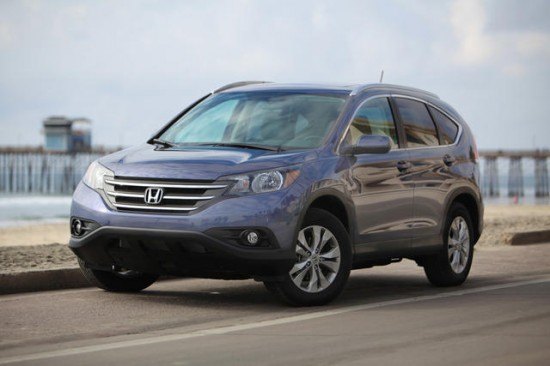






















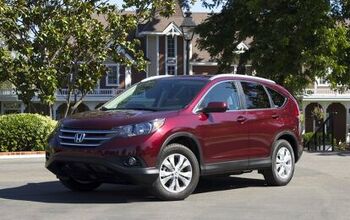
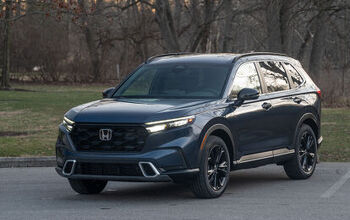
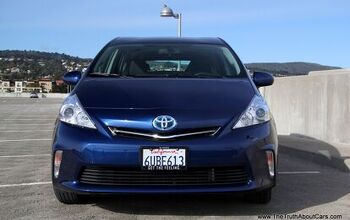
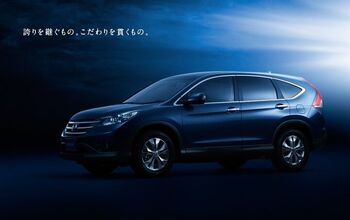
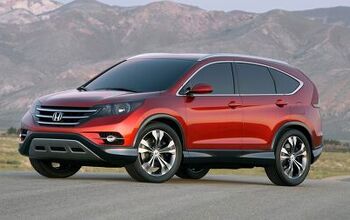
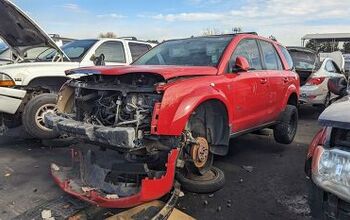
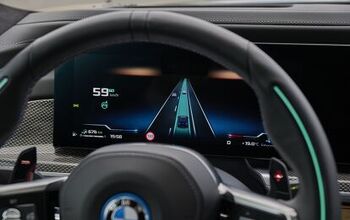
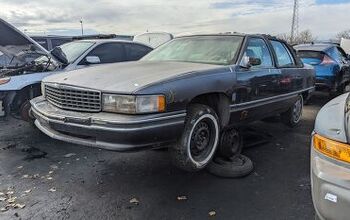
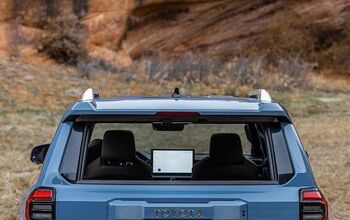

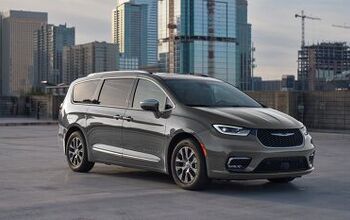
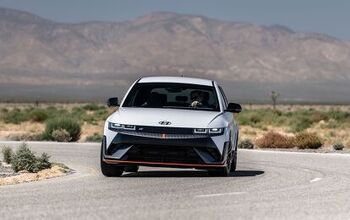

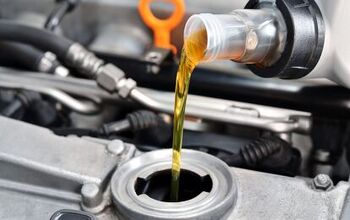
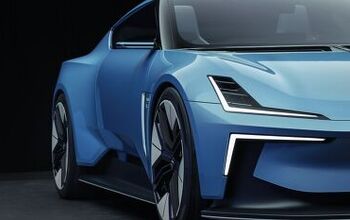
Comments
Join the conversation
There's a reason why the CR-V sells like hotcakes -- its got a silky smooth powertrain and agile, car-like handling. My folks got a 04, and I love driving it. The things I don't like about it are the cheap interior parts, highway noise, and rear visibility.
I recently spend a full day driving family members 2012 CRV. With 1,000 miles on the odometer, I spent the previous day doing routine service checks & cleaning (wash/vacuumed) before our departure from So Cal to Solvang (July 2012) and other locations for the day. Total miles traveled was just over 300 in both city/hwy (including very heavy traffic). Our speeds ranged from 5 mph (stop/go) to 80 mph. On board were 4 persons ranging in age from early 20's to early 70's. My opinion, as a former Honda owner (1500 cvcc civic hatchback) I was anxious to really experience what Honda had accomplished. My opinion ..... As I washed & waxed the paint I observed what was unmistakable Honda, very thin paint...a continued issue that effects longitivity of the quality finish/shine that has plagued Hondas for decades- I guess when you are trying to cut every corner and save every penny, it counts but at the long term expense of the owner that degrades the potential resale/trade-in value. Additionally, the “plastic” front bumper cover (commonly found on all vehicles) was exhibiting checking on the very bottom, a sign/indicator that the primer was improperly applied, and/or did not possess the proper composition to ensure bonding in flexible situations which it must be designed to for. I also found the fit of the exterior body panels to be poor....while horizontal panel lines ran parallel, the gap was excessive (even larger than the Honda’s 80’s) and alignment (surface to surface) was misaligned by 1/16”…. better than in the 80's & 90's, but given the robotic assembly that is used by every mfg including Honda, these tolerances should be at minimum 1/3 less just to match that of every other mfg in the world. The bodylines (styling) is one of the beholder, but looking at the doors & side panels it was very clear in an attempt to minimize weight, panel strength had been sacrificed...as the large height of the panels would not support their shape with the standard gauge metal found in Hondas’…meaning, the panels will bend, twist & warp as a result of vehicle flex because there is not enough strength….requiring the “unique” placement of body lines, creases, etc to provide that rigidity. On the surface, that sounds good but in long term reality, the shape of the bodylines only provides a temp solution and in 10 years under normal use, the body panels will have many “waves’ as a result. The interior….standard Honda (seats, upholstery, carpets, mats, etc.), they do the job, nothing great or bad. The dash layout & e-tronics were adequate & functioned as required…I say adequate because there was really nothing outstanding or bad about them. The one exception that I can say is the dash mounted shifter……this thing reminds me of the same automatic transmission shifters used in school buses………both in location & style- you have to be kidding me Honda, this is the best you could come up with? Drive train- Honda’s engines are unmistakable still excellent, but the automatic transmission was clearly geared for operation that didn’t requiring the ability to pass another slow moving vehicle of provide the immediate torque to accelerate from a dead stop to get out of the way from being rear-ended…an issue for any family vehicle to take seriously into consideration…additionally, the e-control software program for the transmission specifically limited the performance of the engine by not being matched to the engine’s power band. Mfg’s who have weak drive train components will do this as a way to eliminate the force onto these parts…….they can still advertise the engine turns 7,000 RPM & makes 200 hp, but in all reality when you get it on the road, the transmission will not allow the engine to rev above 5200 rpm (lets say) by shifting into the next gear. Torque steer at freeway speeds is present (especially during acceleration onto the freeway)- almost as bad as the front wheel drives of the 70’s…. considering that every mfg both domestic & foreign has resolved this through common design practices, is inconceivable why Honda has not employed the same practices into this that they have in the new civic- I guess saving another 10 cents. Tires/Suspension- Adequate in terms of general handling, braking, turning, etc. But, especially observable at hwy speeds, the rear suspension does not rack well, the rear suspension constantly follows the “groves” of the road in some cases almost to the point of “disobeying” the commands of driver input into the front suspension (this could easily pose a unsafe handling issue on wet/slippery roads)….again, another definite issue that any family should strongly consider before purchasing. Gas mileage- yes, all Hondas get good mileage and we ran this one in both Eco & non-eco modes- and averaged 33 mpg. But here is a point of issue- for several hours on our trip we wanted to see just what the max/best mpg we could get (tracking by both the mpg meter & fill up- which BTW the mpg meter is pretty close)- this 3,000 pound vehicle actually only got about 6 mpg better than my 5,000 pound Ford 150 (2006, 5.4 V8, Super crew- 4 door, 2 wheel drive). Thinking back to my Honda which almost always got 35 mpg +, 30 years later Honda should have been able to gain much more mpg’s & power than what they have achieved…..I felt shortchanged. Unless you have never driven a good car (low or high end), I simply cannot see how anyone could look carefully, test drive this vehicle and believe it is a good vehicle. There are just so many industry standards that Honda has both failed to meet by any mfg comparison and even that aside, taking into consideration of what the Honda’s were of 20/30 years ago and by comparison see what they are producing for the increased price today, is disappointing especially when you look at the return on investment. Yes in the short term your resale is ok, but at 5 years+, the quality of just the aesthetic materials alone will cause a substantial financial loss compared to what the competition is providing today (and has been for the past 5 years). In any economy but especially today with all of the financial struggles that exist, please look very carefully at not just the name on this vehicle, but these issues because it is your very hard earned money that each person relies upon to build/provide for their future- Honda has clearly failed to arise to the occasion in this aspect.